-
Welcome to Tacoma World!
You are currently viewing as a guest! To get full-access, you need to register for a FREE account.
As a registered member, you’ll be able to:- Participate in all Tacoma discussion topics
- Communicate privately with other Tacoma owners from around the world
- Post your own photos in our Members Gallery
- Access all special features of the site
Electrical newbie trying not to burn down the truck
Discussion in '2nd Gen. Tacomas (2005-2015)' started by Consurgo, Oct 10, 2023.


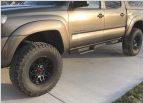 Body Armor Rock Steps
Body Armor Rock Steps Vibration and loose steering
Vibration and loose steering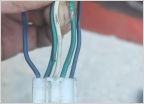 Connector for window
Connector for window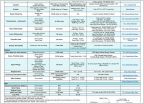 How important is it to change gear oil?
How important is it to change gear oil?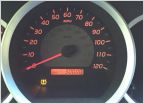 "Taz" - ProfHobbit's Build Log, 2007 Access Cab 2.7l
"Taz" - ProfHobbit's Build Log, 2007 Access Cab 2.7l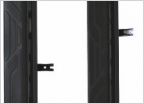 Best Quality Step Bars..
Best Quality Step Bars..








































































